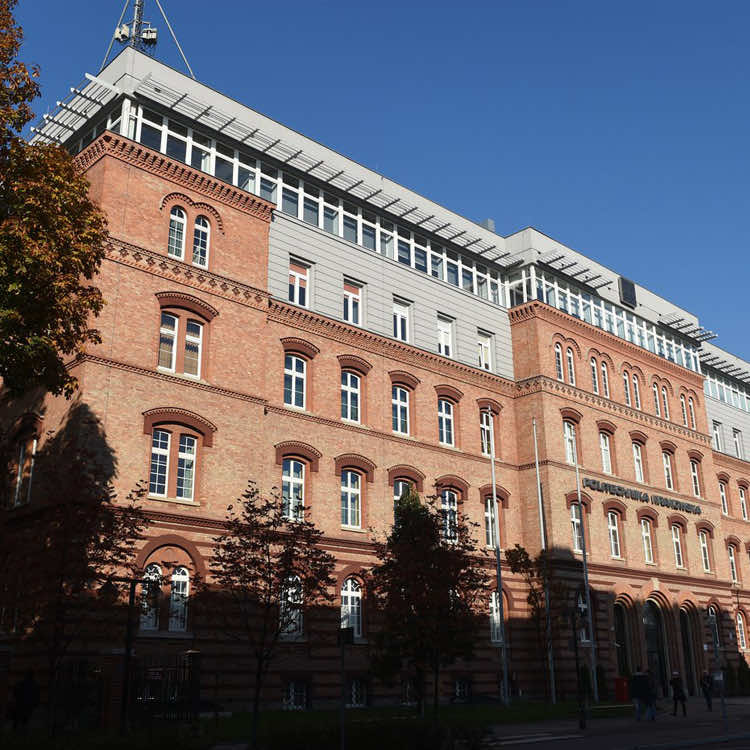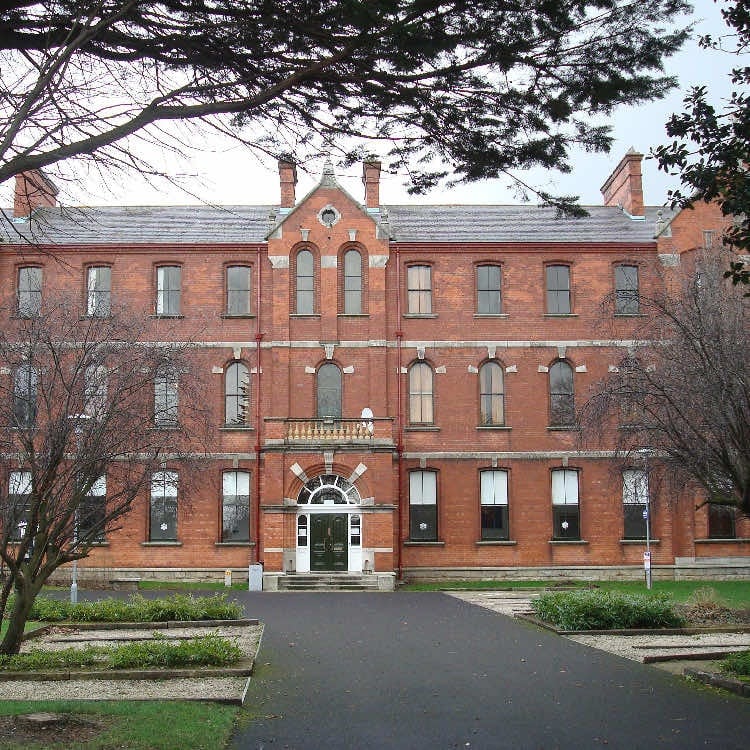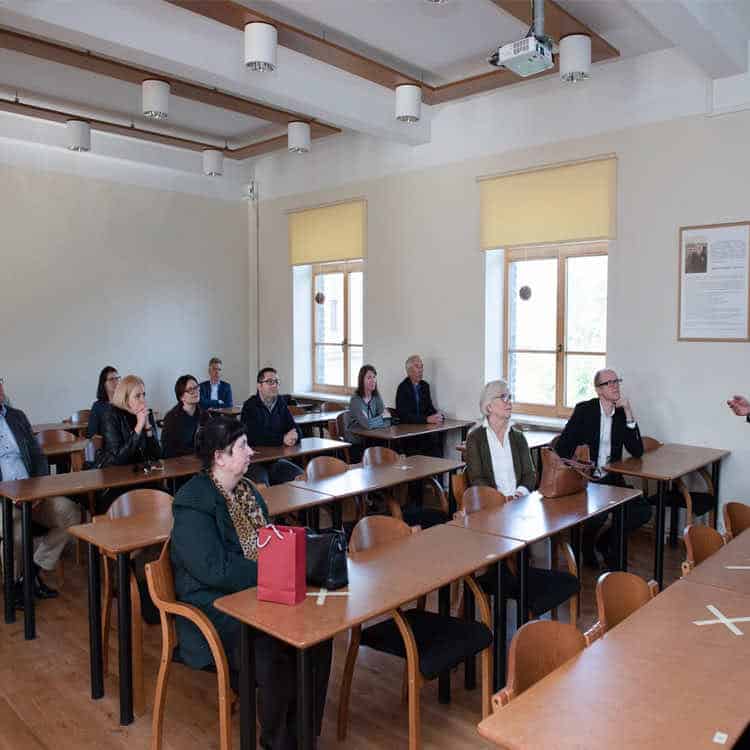All Landscape Architecture/Design
None of the great green spaces in the world – Central Park in New York, Golden Gate Park in San Francisco, the Jardin du Luxembourg in Paris, or Kirstenbosch Botanical Garden in Cape Town, to give only a few examples – were planned by someone saying “Just plant some stuff all around; it will look okay.” Landscape design is both an art and a science; it’s certainly not something an amateur can do with any degree of skill.Subjects studied as part of a landscape architecture course include botany, civil engineering, graphic design, ecology, and urban planning. Landscape designers typically work as part of a team including architects, engineers, project managers, construction professionals, and city planners. It’s essential that they understand enough about all of these fields to be able to communicate effectively with their peers. There are also some differences in how the process of landscape design is approached in different cultures: earning your degree abroad may give you a valuable and rare perspective.A good landscape architect has an innate feel for visual design, an inclination towards sustainability, good spatial reasoning skills (like being able to visualize a design by looking at a schematic), and the ability to understand a physical layout in terms of how people will actually use it. They combine the values of creativity and practicality, just as a large part of their job is to harmonize the built and natural environment.




